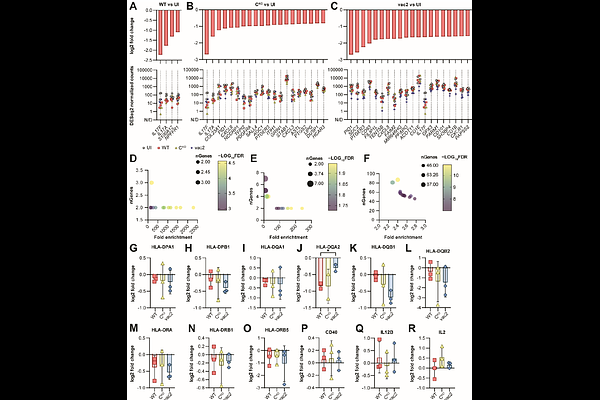Measles vaccine attenuation comprises innate immune cell infection and interferon responses

Measles vaccine attenuation comprises innate immune cell infection and interferon responses
Andres, F. G.; Parusel, S.; Siering, O.; Acosta, F. M.; Skeele, D. A.; Ayasoufi, K.; Cattaneo, R.; Sawatsky, B.; Pfaller, C. K.
AbstractMeasles virus (MeV) is a highly contagious pathogen capable of infecting immune cells and thereby causing immunosuppression and immune amnesia. A live-attenuated MeV vaccine is highly efficacious and has been safely administered for over 60 years. However, a detailed mechanistic understanding of the mode of its attenuation remains elusive. Here, we determined the molecular mechanisms underlying MeV vaccine attenuation in primary human immune cells. We found that enhanced infection of innate immune cells in combination with uncontrolled viral RNA synthesis and the inability to evade host antiviral responses induced a strong type-I interferon signature that limited replication of the vaccine strain. In contrast, the wild type virus replicated slowly but steadily, avoiding detection by innate immunity.